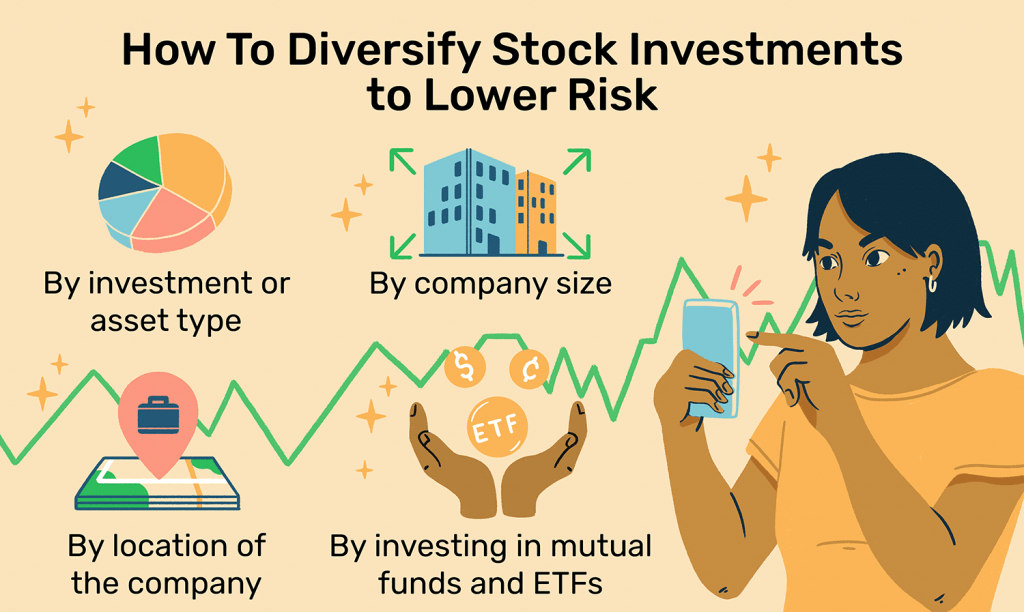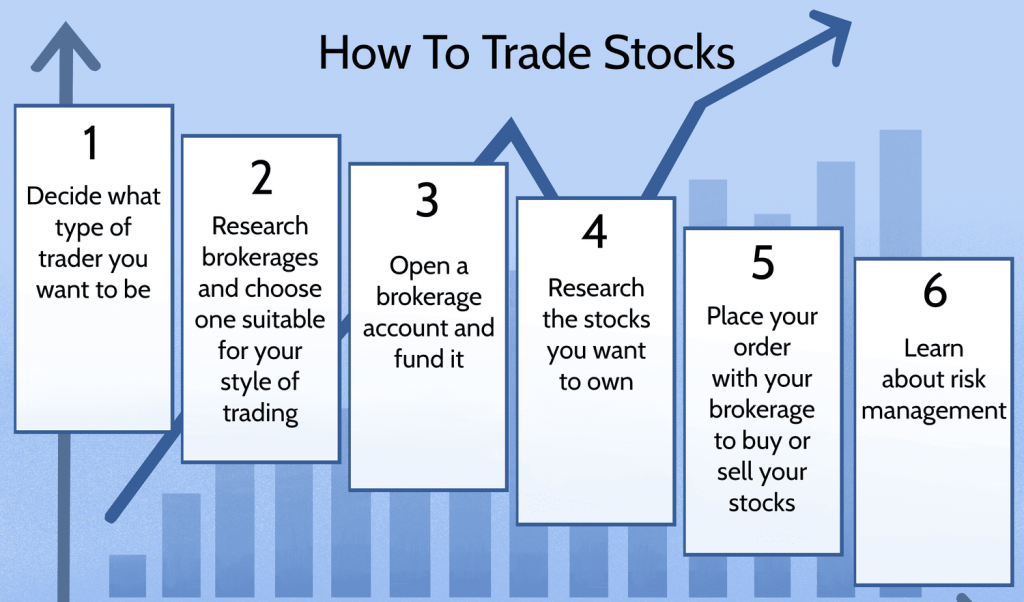
Stock Trading for Beginners: Lesson 1 – Introduction to the Stock Market
29 July 2023
65 views
What is the Stock Market?
The stock market is a collection of markets where stocks (shares of ownership in businesses) are bought and sold. It’s a crucial component of the global economy, providing companies with access to capital and investors with a share in the profits of businesses.
Key Concepts
Stocks and Shares
- Stocks: Represent ownership in a company. Owning stock means you own a piece of the company.
- Shares: Units of stock. When you buy shares, you are buying pieces of a company’s stock.
Stock Exchanges
Stock exchanges are venues where stocks are bought and sold. The most well-known exchanges include:
- New York Stock Exchange (NYSE): The largest stock exchange in the world.
- NASDAQ: Known for its high-tech and internet-based companies.
- London Stock Exchange (LSE): One of the oldest stock exchanges globally.
How Stocks Are Traded
- Primary Market: Where new stocks are issued through Initial Public Offerings (IPOs).
- Secondary Market: Where existing stocks are traded among investors. Most stock trading occurs here.
Why Invest in Stocks?
Investing in stocks can provide several benefits:
- Capital Appreciation: The potential for stock prices to increase over time, providing gains to investors.
- Dividends: Regular payments made by companies to shareholders, representing a portion of the company’s profits.
- Ownership and Voting Rights: As a shareholder, you have a say in certain company decisions, usually through voting on corporate matters.

Getting Started with Stock Investing
Setting Investment Goals
Determine why you want to invest in stocks. Common goals include:
- Wealth Growth: Building wealth over time through capital appreciation.
- Income Generation: Earning a steady income through dividends.
- Retirement Planning: Investing for long-term goals like retirement.
Understanding Risk
Investing in stocks involves risk. Stock prices can be volatile and may go up or down based on various factors, including:
- Market Risk: The overall risk of the stock market declining.
- Company-Specific Risk: The risk that a particular company will perform poorly.
- Economic Risk: The risk that economic conditions will negatively impact the market.
Basic Steps to Start Investing
- Open a Brokerage Account: A brokerage account allows you to buy and sell stocks. Choose a reputable brokerage firm.
- Research Stocks: Understand the companies you are interested in by researching their financial health, business model, and market position.
- Diversify Your Portfolio: Spread your investments across different stocks to reduce risk. This is known as diversification.
- Start Small: Begin with a small amount of money and gradually increase your investment as you gain confidence and experience.

Practical Example
- Scenario: You have $1,000 to start investing in stocks.
- Steps:
- Open a brokerage account with a low-fee online broker.
- Research and select three companies you believe have growth potential.
- Allocate $300 to each company and keep $100 as a reserve for future opportunities.
- Monitor your investments regularly and adjust your portfolio as needed.
Conclusion
Understanding the basics of the stock market is the first step to becoming a successful investor. By learning about stocks, stock exchanges, and the benefits and risks of investing, you can make informed decisions and start your journey towards financial growth.




